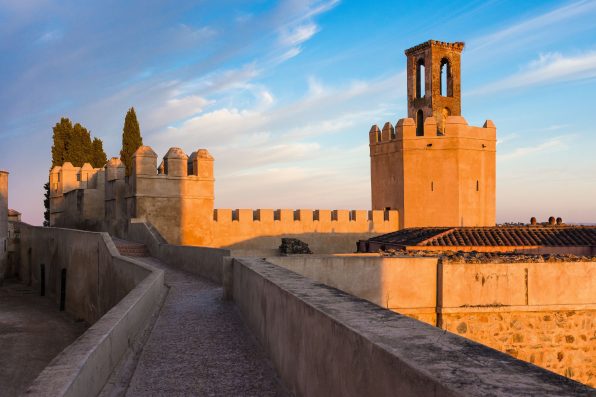An Ancient Site In Spain Was Repeatedly Used For Mass Animal Sacrifices About 2,500 Years Ago, And Now, Researchers Have Learned That The Sacrifices Were Just One Part Of A Series Of Rituals

Around 2,500 years ago, an ancient site in southwestern Spain was repeatedly used for mass animal sacrifices. The sacrificial rituals occurred at Casas del Turuñuelo, a large building from the Iron Age located in the Badajoz province.
The Tartessian culture, an early Iron Age civilization, is associated with the structure. The civilization thrived between the ninth and fifth centuries B.C. before disappearing suddenly and mysteriously.
In 2017, archaeologists uncovered more than 6,700 animal bones in the courtyard of Casas del Turuñuelo.
The bones belonged to 52 different animals, which were identified as horses, cattle, pigs, and one dog. The collection of bones was primarily made up of adult horses.
After conducting an analysis of the remains of the animals, researchers have found that the animal sacrifices were part of a series of rituals performed in three phases rather than a single event.
The rituals took place toward the end of the fifth century, which was also when the building had been purposefully destroyed, buried underneath a 20-foot mound of earth, and abandoned promptly afterward. The arrangement of the animal bones also demonstrated how the sacrifices were carried out.
In the first two phases, it appeared that the animals had simply been killed and buried with their skeletons left mostly intact.
But in the third phase, the remains had been tampered with, showing signs of having their meat removed before being buried.
This indicated that the final mass sacrifice was marked with a ceremonial meal or banquet of some sort.

Analisisgadgets – stock.adobe.com – illustrative purposes only
Evidence has suggested that the courtyard was used as a site for animal sacrifices of various kinds for several decades.
The reason behind the rituals, as well as the number and role of the humans participating in them, is still unclear.
In addition, the study has revealed more details about the Tartessian civilization. For instance, horses were highly important to the people of that culture. They also seemed to take great care to choose adult animals over young ones for their sacrifices.
According to researchers, the number of sacrifices found in the first and second ritual phases was astonishing, especially in the context of European societies living in the Iron Age.
During the last phase, the number of animal sacrifices experienced a significant decrease, pointing to a change in ritualistic practices.
Hopefully, this most recent find will help researchers get one step closer to determining how and why the Tartessians vanished without a trace.
Sign up for Chip Chick’s newsletter and get stories like this delivered to your inbox.
More About:News